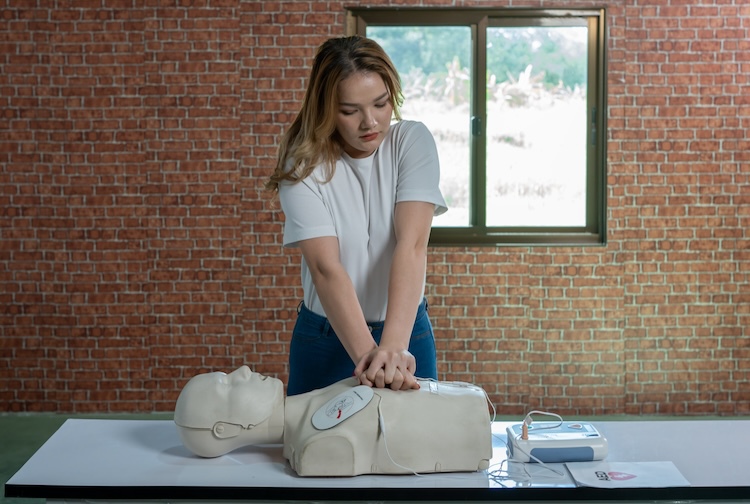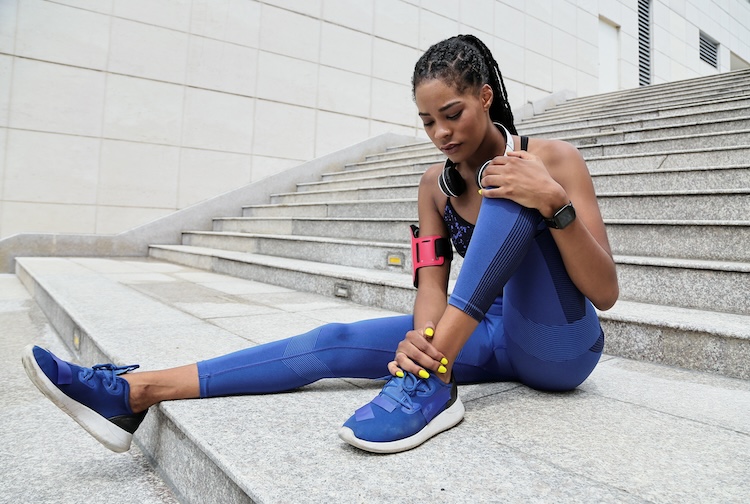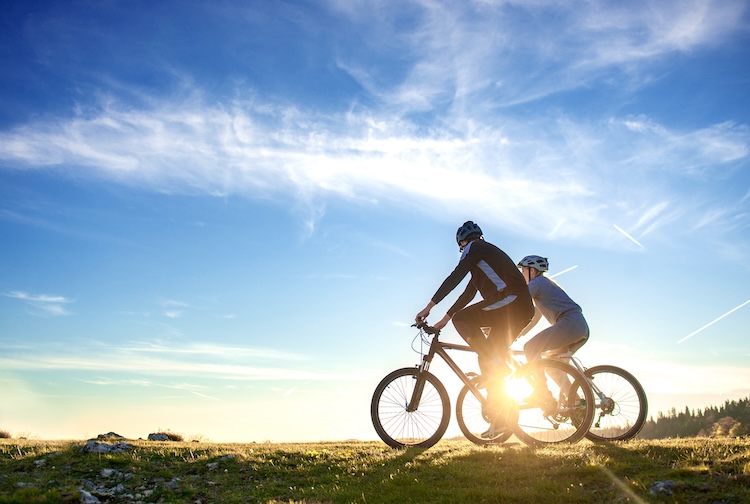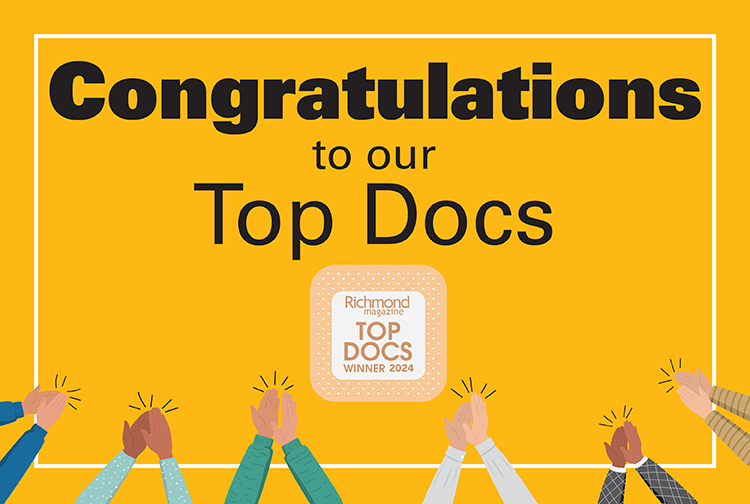
How you could save a life with hands-only CPR
Pediatric heart doctor shares the steps you can take if someone has a sudden cardiac arrest.
February 01, 2024 Hands-only CPR is one of the methods people can use someone’s heart pumping after experiencing a sudden cardiac arrest. (Getty Images)
Hands-only CPR is one of the methods people can use someone’s heart pumping after experiencing a sudden cardiac arrest. (Getty Images)
By Kate Marino
Would you know what to do if the person next to you experienced sudden cardiac arrest? When the heart stops unexpectedly, a few minutes can make all the difference.
John Phillips, M.D., cardiologist and electrophysiologist at Children’s Hospital of Richmond at VCU, offers step-by-step guidance to help you save a life.
“If a person goes four minutes without CPR or defibrillation [shocking a heart back into normal rhythm] during a sudden cardiac arrest, their chances of survival are slim – less than 10 percent,” Phillips said. “You never know when or where this medical emergency may happen, which is why it’s important for everyone to be prepared. Take a few moments now to brush up on how you can most effectively jump into action if needed.”
Steps you can take in the event of a sudden cardiac arrest
Imagine you’re out shopping, at a neighborhood gathering or somewhere else in the community and you see someone collapse. Phillips says you should not delay.
Step 1: Shake them and ask, “Are you okay?”
Step 2: If they don’t respond, immediately call 9-1-1.
Step 3: Then, begin hands-only CPR:
- Kneel next to them on a firm, flat surface.
- Place the heel of one hand in the center of their chest with your other hand on top. Lock your elbows to keep your arms straight. For infants, use two fingers instead of your whole hand.
- Push hard and fast – to the beat of the song “Staying Alive” or “Baby Shark” – allowing the chest to rise fully after each compression.
Step 4: If you have access to an automatic external defibrillator (AED) begin using it as soon as possible. Ideally, there will be someone else who can help you get the AED while you continue CPR.
Watch John Phillips, M.D., walk through the steps of hands-only CPR. (Children’s Hospital of Richmond at VCU)
Don’t be afraid to use an automated external defibrillator
An AED is a sophisticated, yet easy to use device that analyzes the heart’s rhythm and delivers an electrical shock when necessary to restore normal rhythm. AEDs are intended for anyone in the public to use, not just those with medical expertise. If one is available, don't be afraid to use it in those essential minutes before emergency teams arrive.
The AED will give you simple voice instructions on what to do, starting with placing the pads with sensors/electrodes on the person’s chest. It will then either automatically provide a shock or instruct you to press a button to deliver the shock at an appropriate time.
AEDs are becoming more commonplace throughout the community. A law went into effect last year requiring all Virginia schools to have them. You’re also likely to find them in offices, airports, shopping centers, places of worship, gyms and other public locations – often near the entrance or in another easy to find spot. Look around for AEDs next time you’re out and about.
Also, you won’t hurt someone by using an AED – but your confidence and quick response could save their life.
Watch John Phillips, M.D., demonstrate how to use an AED. (Children’s Hospital of Richmond at VCU)
Advocating for heart safety in Virginia communities
Phillips and his team run the Project ADAM affiliate in Virginia, which helps schools ensure they’re prepared to care for students, faculty, staff and visitors who may experience a sudden cardiac arrest on campus.
According to the Centers for Disease Control and Prevention, more than 350,000 people have a cardiac arrest outside of the hospital every year in the United. States. Between 60% to 80% of those people die before getting to the hospital.
“When you consider 20 percent of a community is in its schools most days – during educational time, sports and other extracurricular activities – many lives can be saved through access to AEDs and proper education and practice to address these medical emergencies when they arise,” Phillips said.



